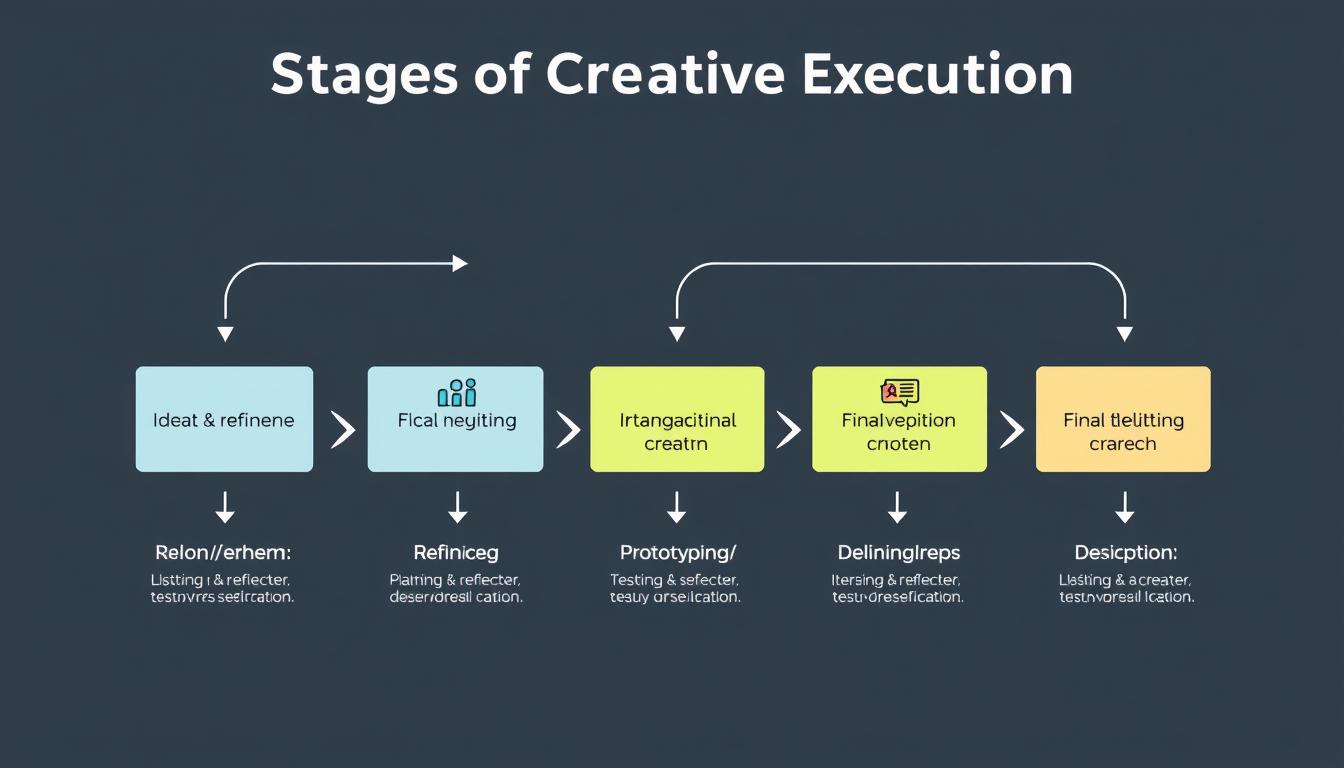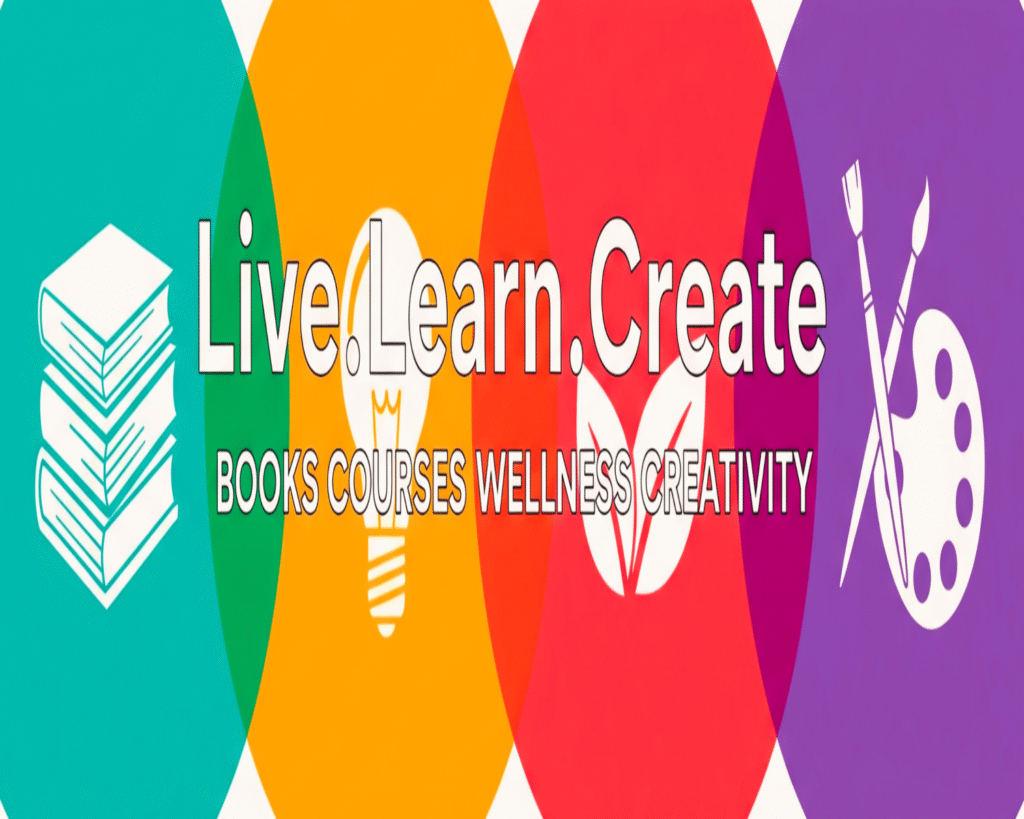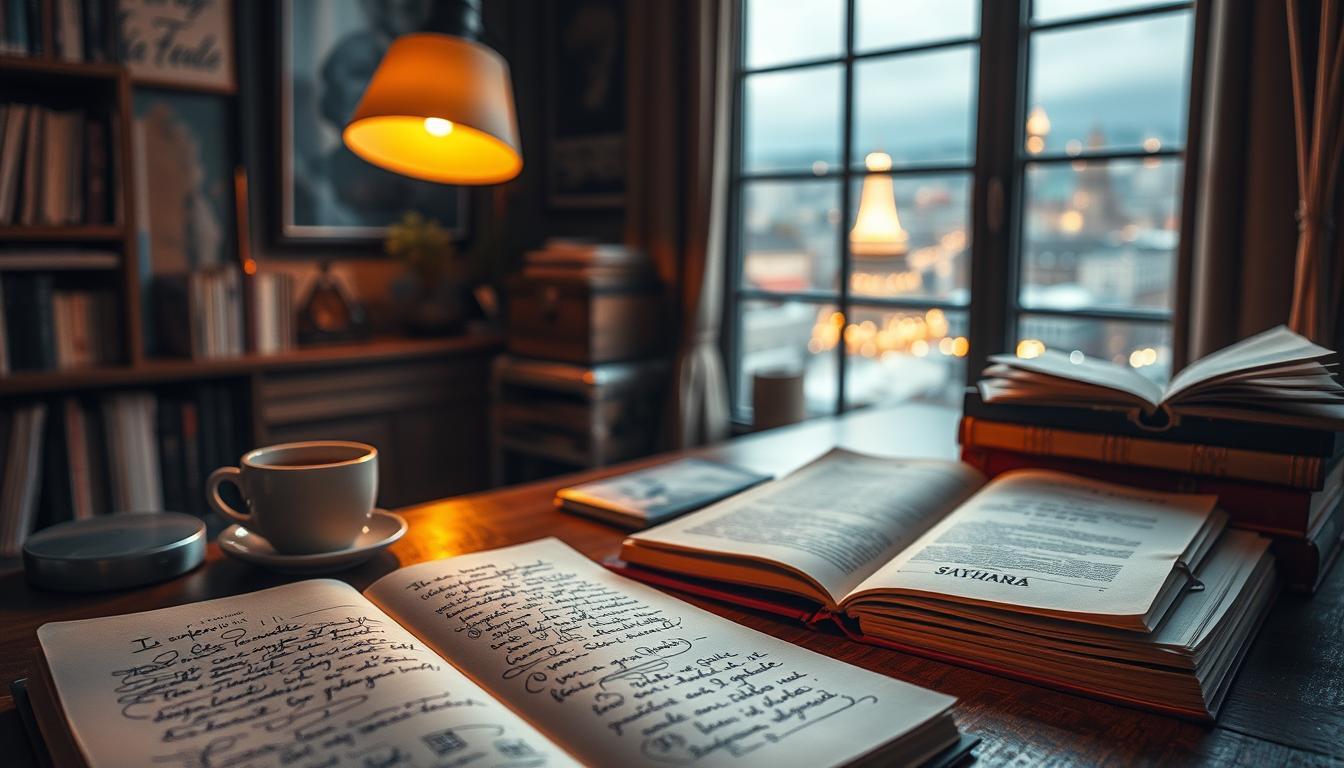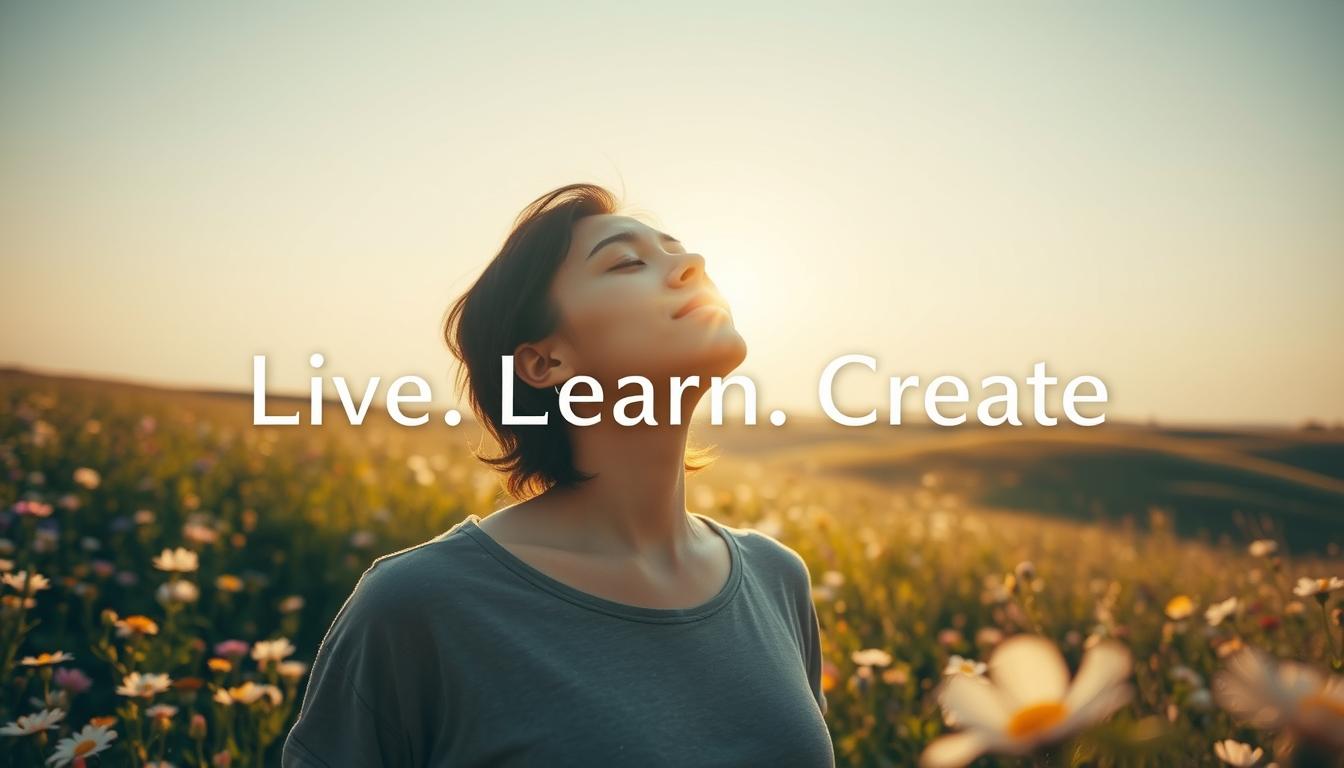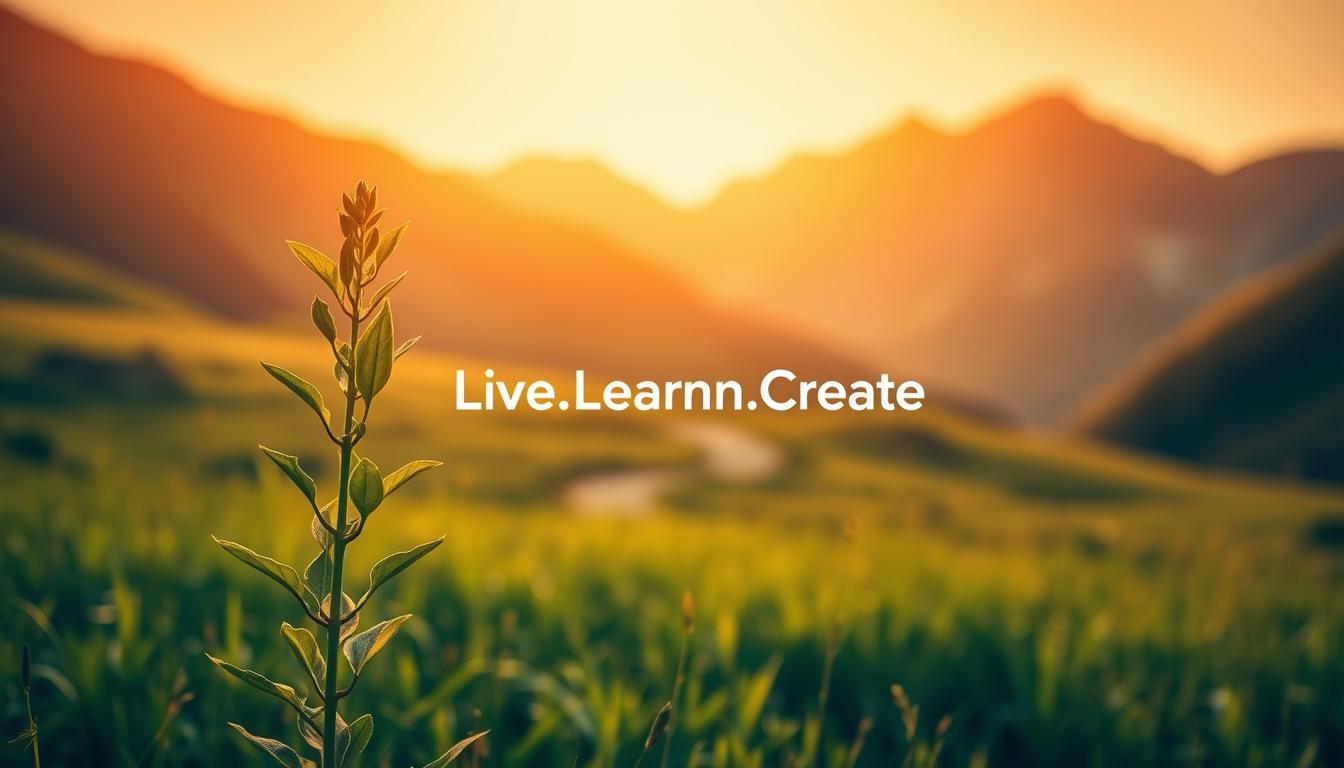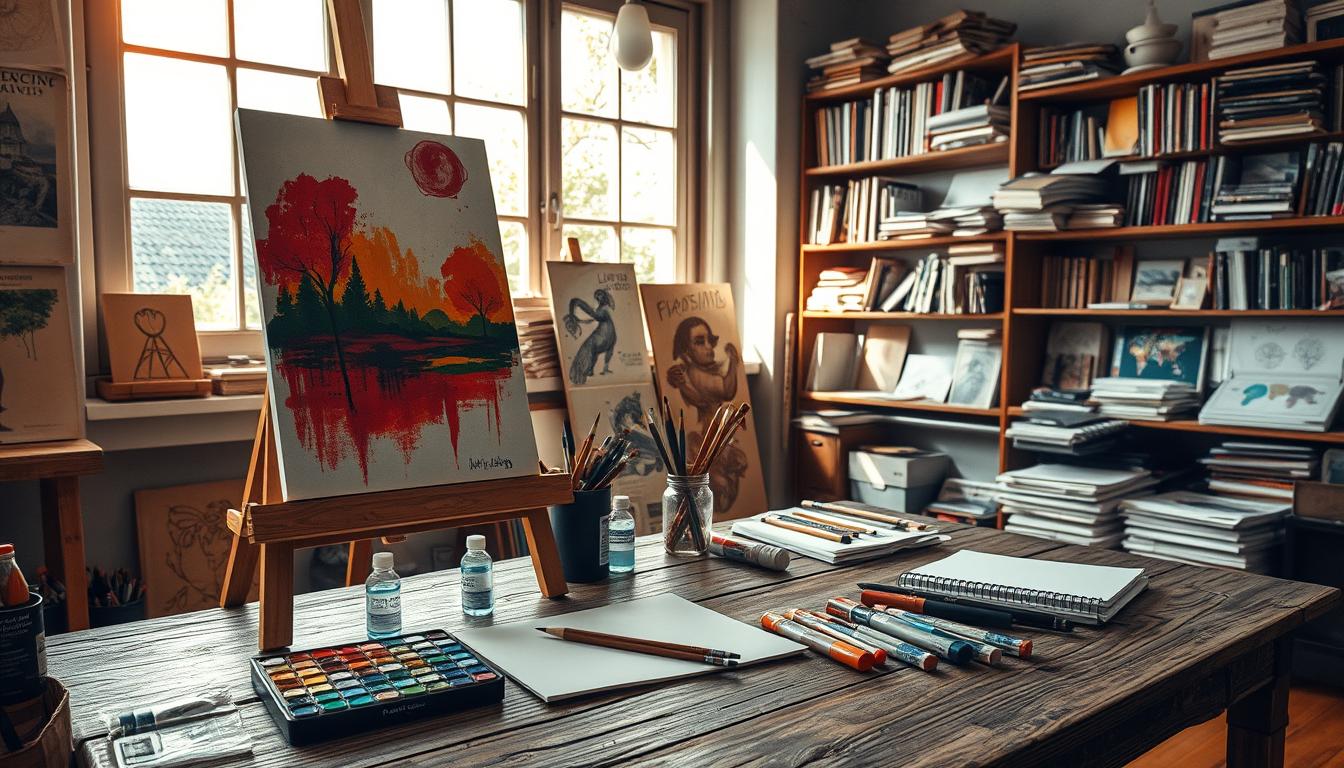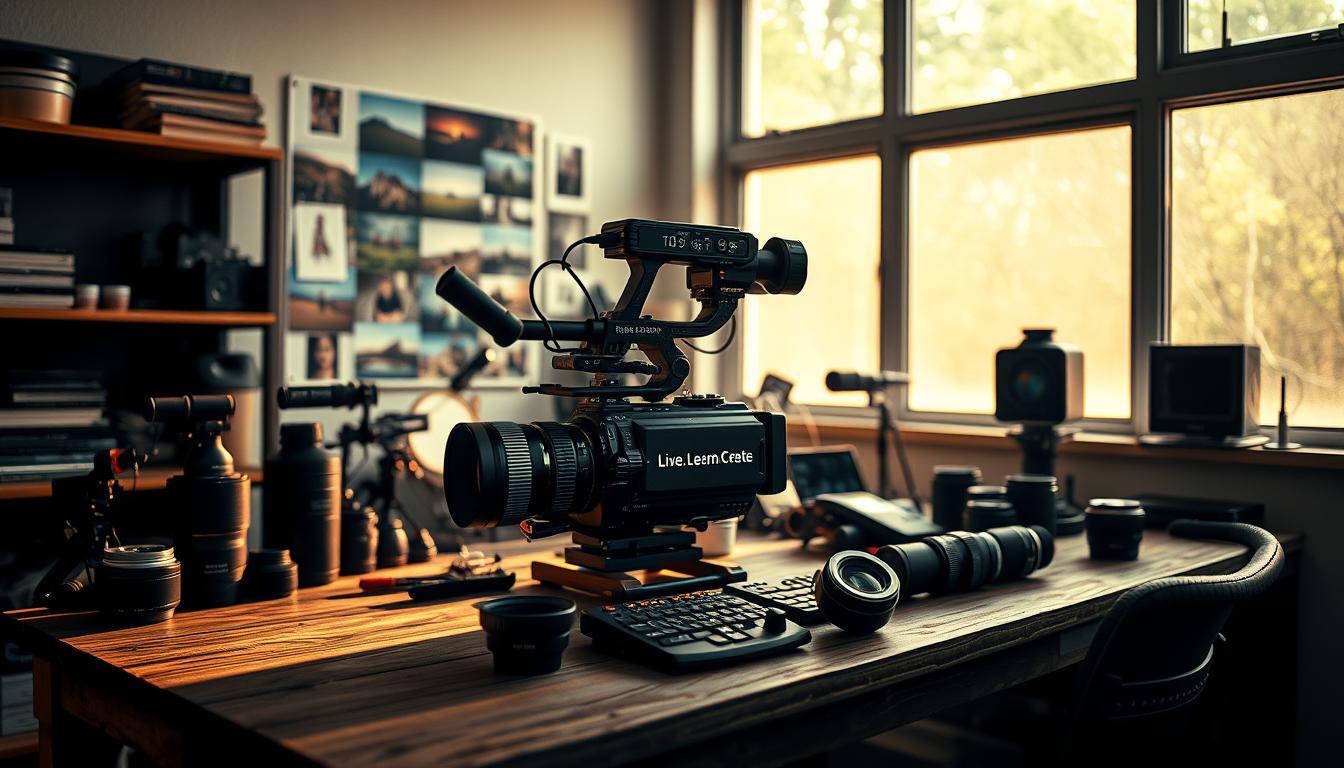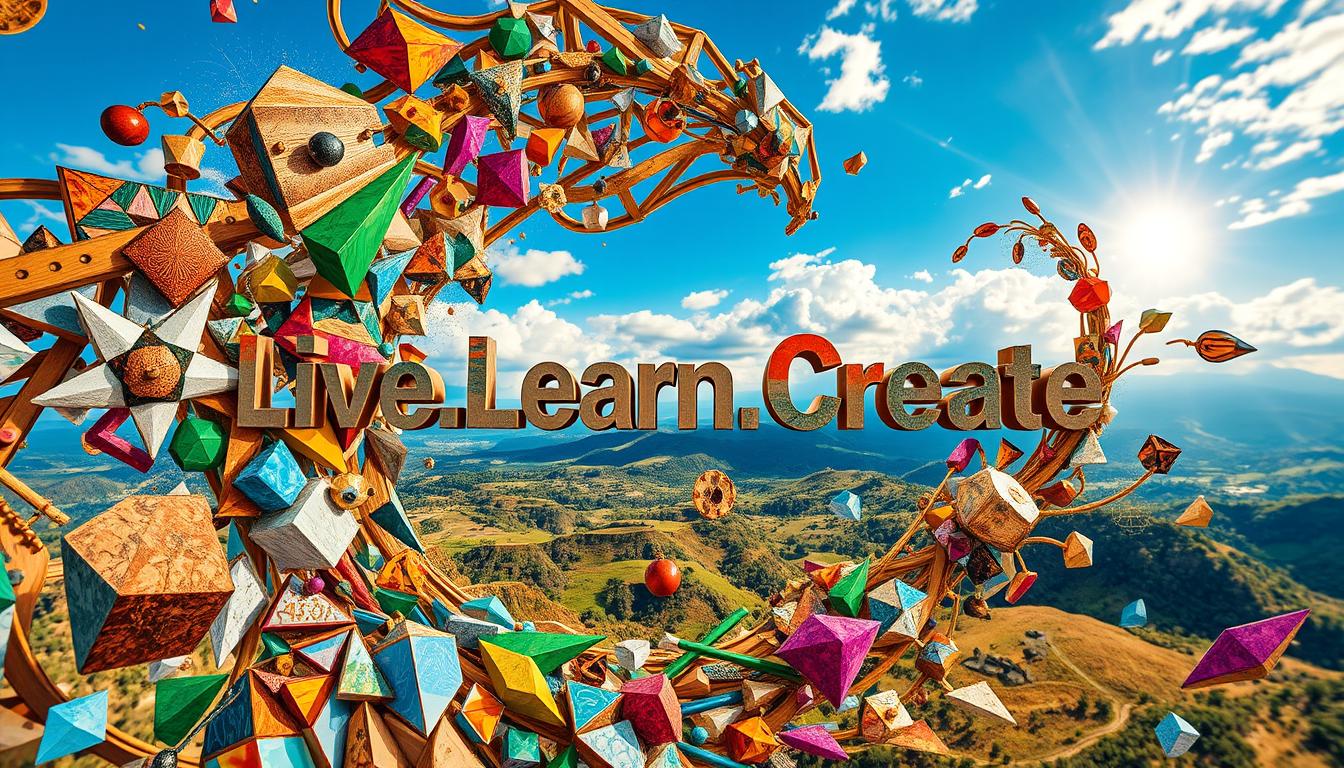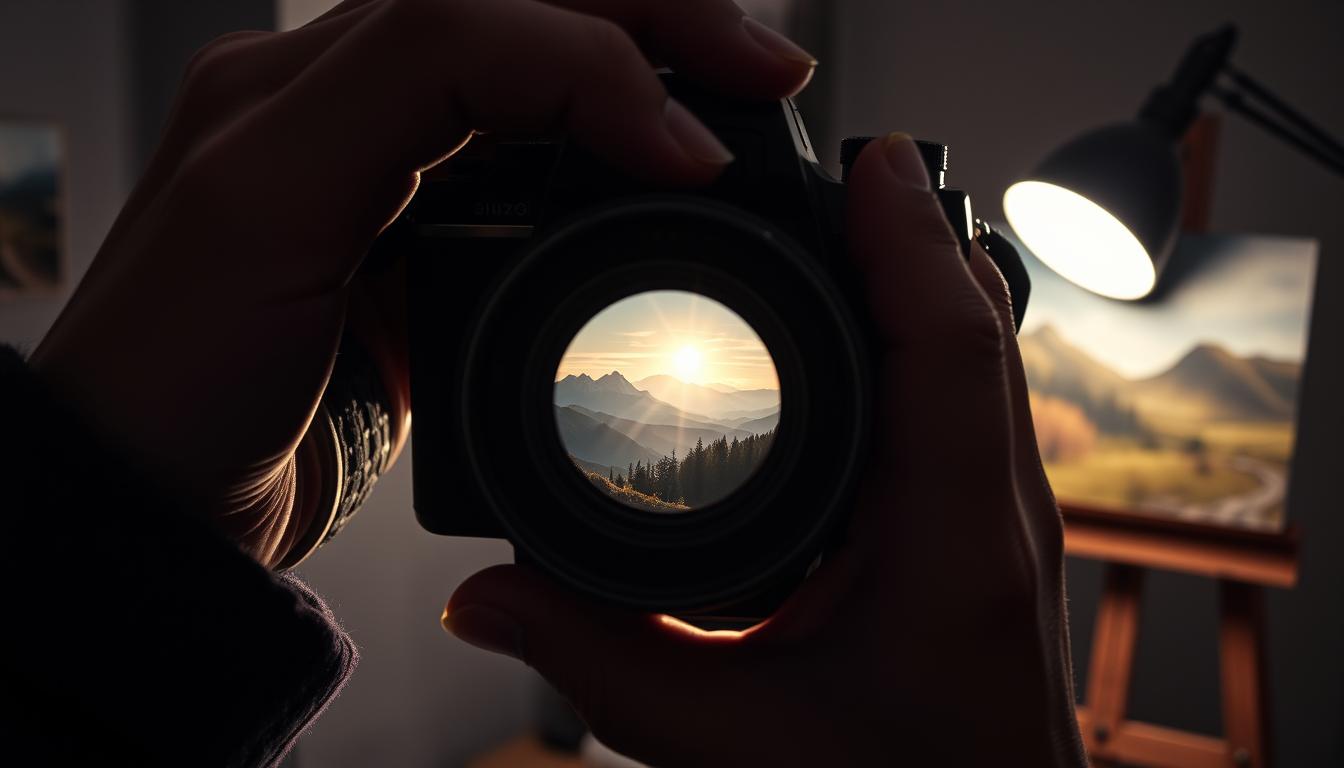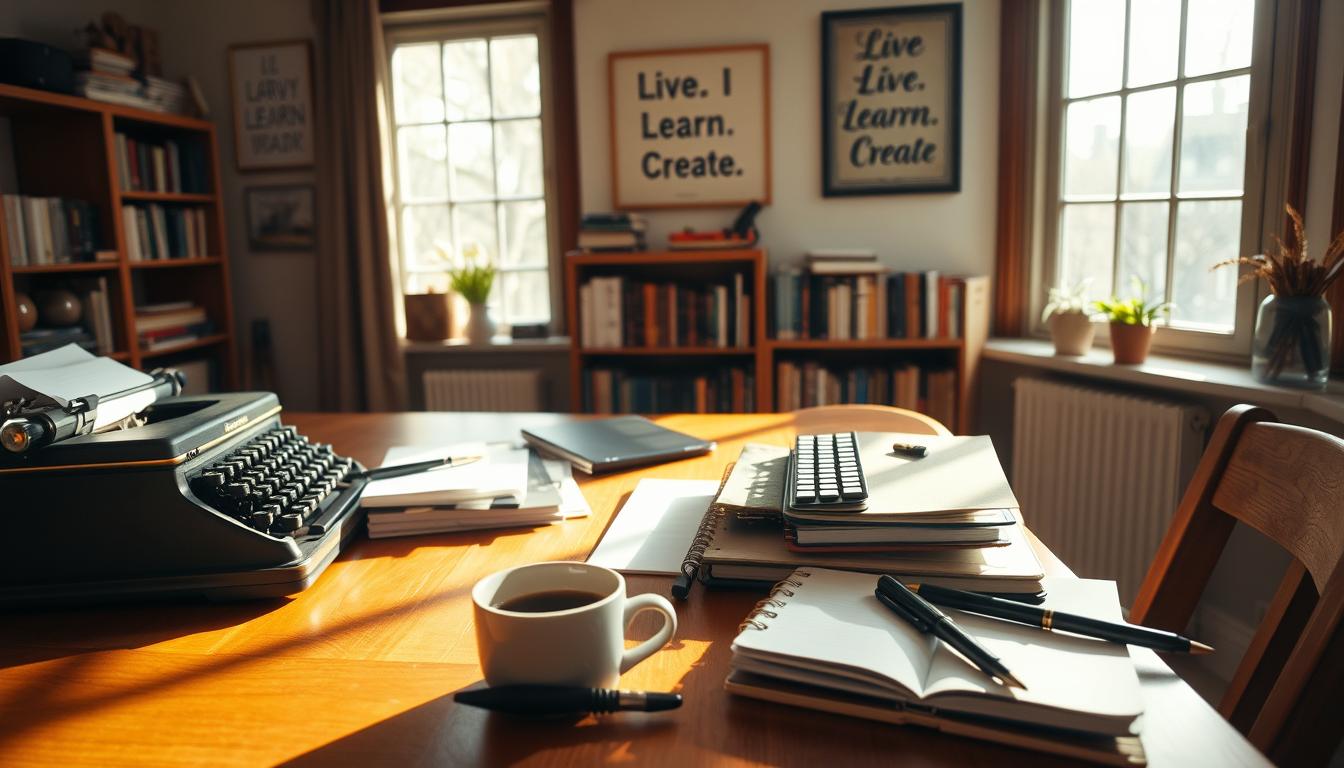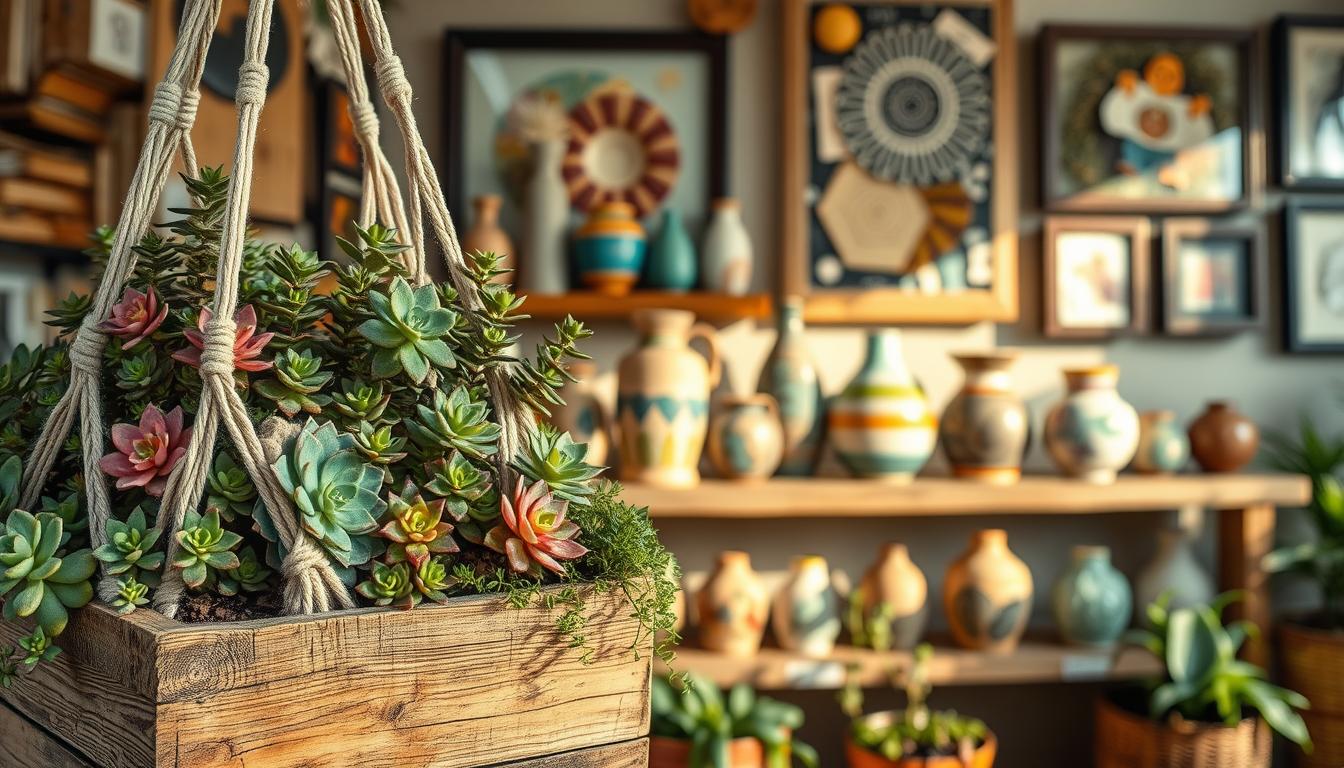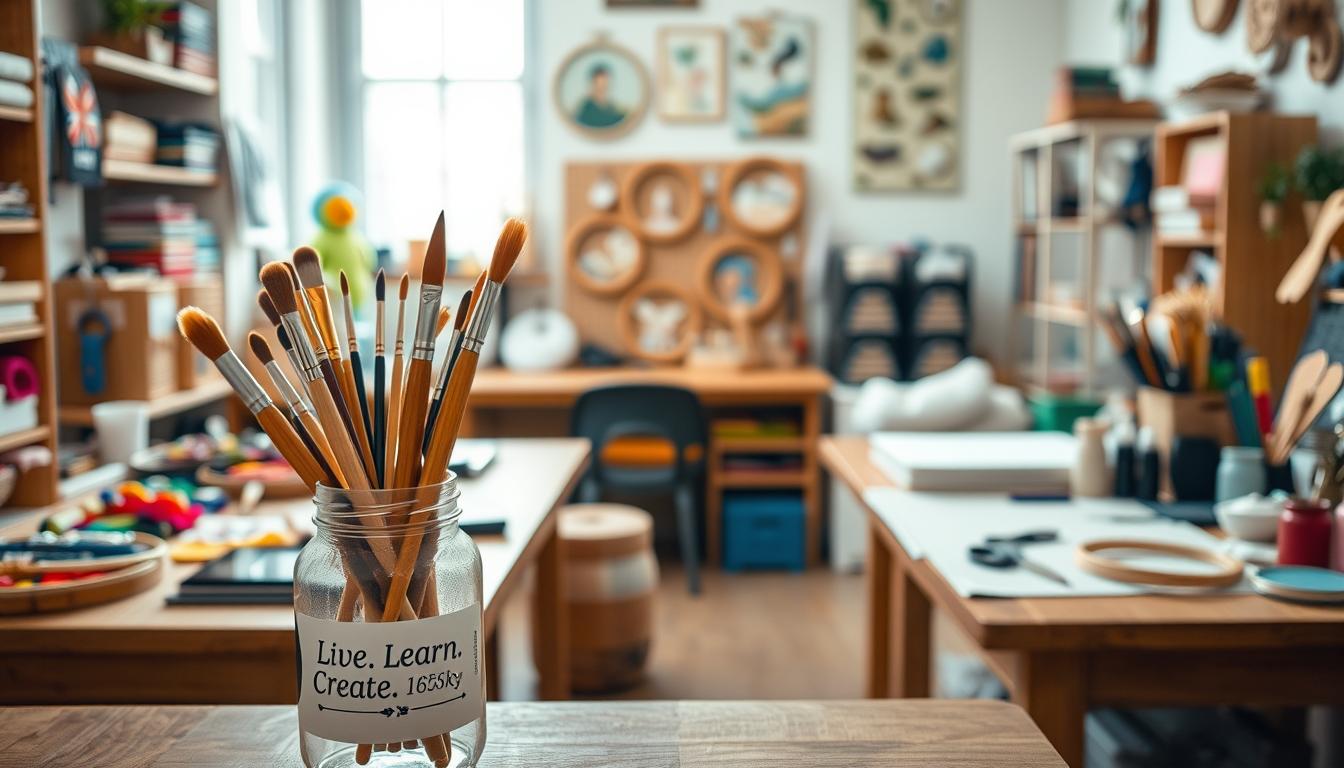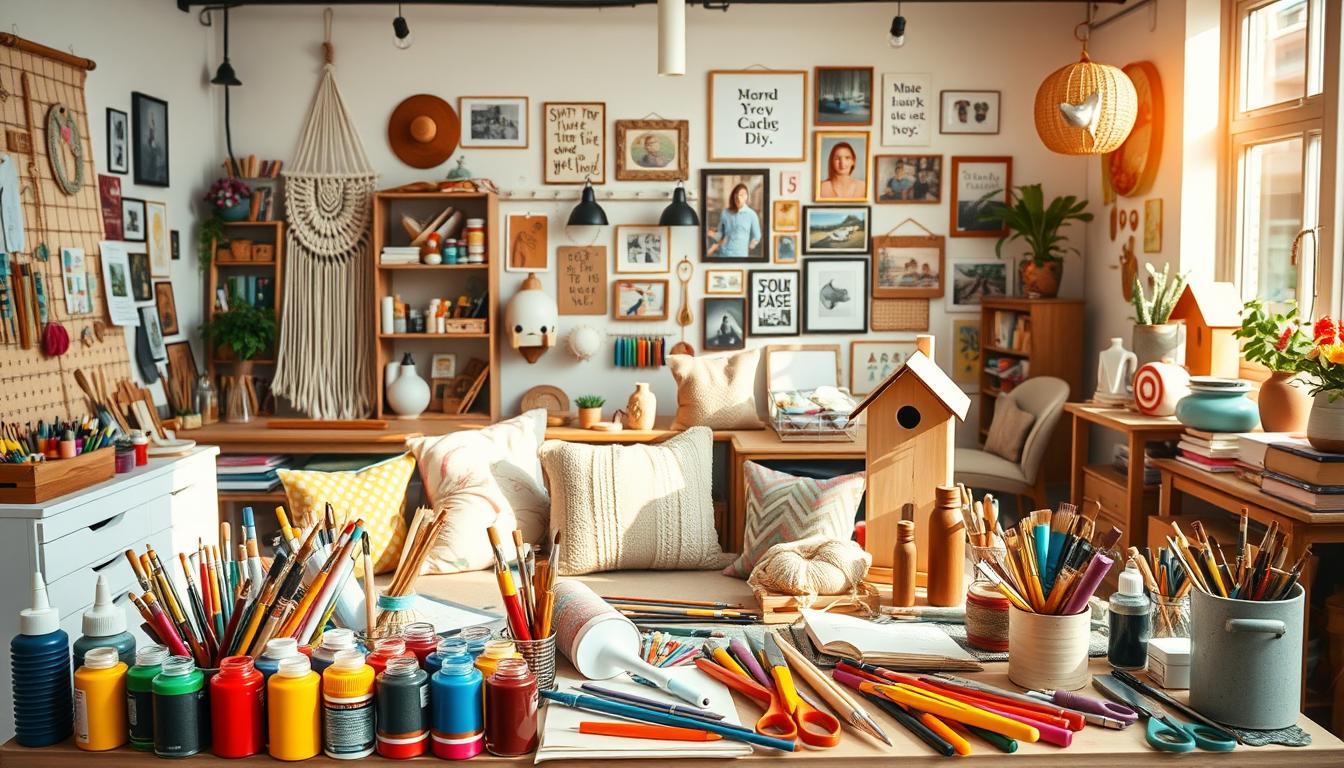In this practical guide, we’ll walk through the entire creative execution process, equipping you with the tools, strategies, and mindset needed to bring your ideas to life. Whether you’re a writer, designer, entrepreneur, or creative professional, mastering the art of execution will be your most valuable skill.
The Creative Execution Process
Creative execution isn’t about random bursts of inspiration—it’s a structured approach that guides your idea from concept to completion. By breaking down this process into manageable stages, you’ll find that even the most ambitious projects become achievable.
Stage 1: Ideation & Refinement
Every masterpiece begins with a spark. During this initial stage, you’ll capture your raw ideas and refine them into concepts worth pursuing. The key is to balance creative freedom with critical thinking.
Key Activities:
- Brainstorming without judgment
- Researching similar concepts
- Defining your unique angle
- Creating a concept statement
- Getting initial feedback
Example in Action:
A graphic designer tasked with creating a new logo begins by sketching dozens of rough concepts, researching competitors’ branding, and identifying the core values the logo should communicate. After initial exploration, they narrow down to three strong concepts that best represent the brand’s identity.
Ready to organize your creative ideas?
Download our free Creative Concept Worksheet to capture and refine your ideas using the same process professional creatives use.
Stage 2: Planning & Resource Allocation
With a refined concept in hand, it’s time to map out the journey ahead. This stage transforms your creative vision into an actionable plan with clear milestones and resource requirements.

Key Activities:
- Setting clear objectives
- Creating a timeline with milestones
- Identifying necessary resources
- Budgeting time and money
- Assembling your team (if applicable)
Example in Action:
An author planning a novel creates a chapter outline, sets word-count goals for each week, identifies research needs, and blocks out dedicated writing time on their calendar. They also budget for editing services and cover design, ensuring all resources are in place before diving into the writing process.
Stage 3: Prototyping/Testing
Before investing fully in your idea, create a simplified version to test its viability. This prototype allows you to identify potential issues early when changes are easier and less costly to implement.
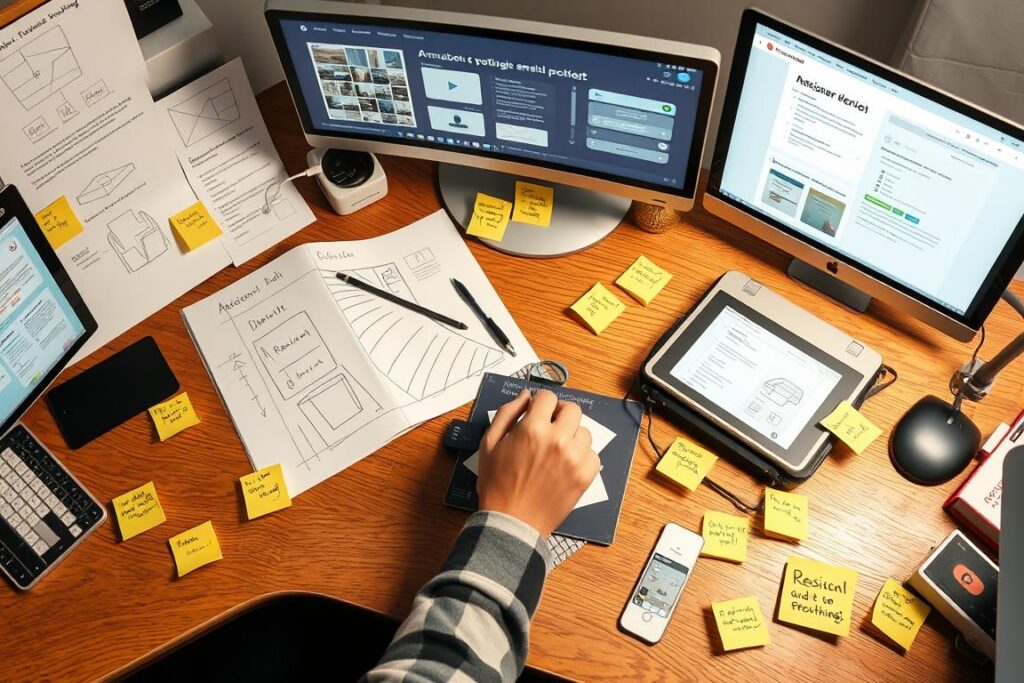
Key Activities:
- Creating a minimum viable version
- Testing core functionality
- Gathering initial feedback
- Identifying critical flaws
- Validating key assumptions
Example in Action:
A product designer creates a cardboard prototype of a new device before investing in expensive materials. By testing this simple model with potential users, they discover that the handle needs repositioning for better ergonomics—a change that would have been costly to implement after production.
Stage 4: Iteration & Feedback Integration
With initial testing complete, it’s time to refine your creation through deliberate iteration. This stage is where good ideas become great through the systematic application of feedback and continuous improvement.

Key Activities:
- Collecting structured feedback
- Prioritizing changes
- Implementing improvements
- Testing revised versions
- Documenting the evolution
Example in Action:
A web developer shares a beta version of a website with test users, collecting specific feedback on navigation and user experience. After prioritizing the most critical issues, they implement changes in three successive iterations, each time testing with users until the site achieves the desired performance metrics.
Master the art of creative execution
Get our comprehensive Creative Execution Toolkit with templates, checklists, and guided exercises for each stage of the process.
Stage 5: Final Delivery & Evaluation
The culmination of your creative execution journey is delivering a polished final product and evaluating its success against your original objectives. This stage provides closure and valuable insights for future projects.

Key Activities:
- Finalizing all elements
- Quality assurance checks
- Formal presentation or launch
- Measuring against objectives
- Documenting lessons learned
Example in Action:
A marketing team completes a campaign by finalizing all assets, conducting quality checks, and preparing launch materials. After the campaign concludes, they evaluate performance against KPIs, celebrate successes, and document insights that will improve their creative execution process for future campaigns.
Tools & Strategies for Effective Creative Execution
The right tools can dramatically streamline your creative execution process, helping you stay organized, collaborate effectively, and overcome common obstacles. Here are some essential resources for each stage of your creative journey.
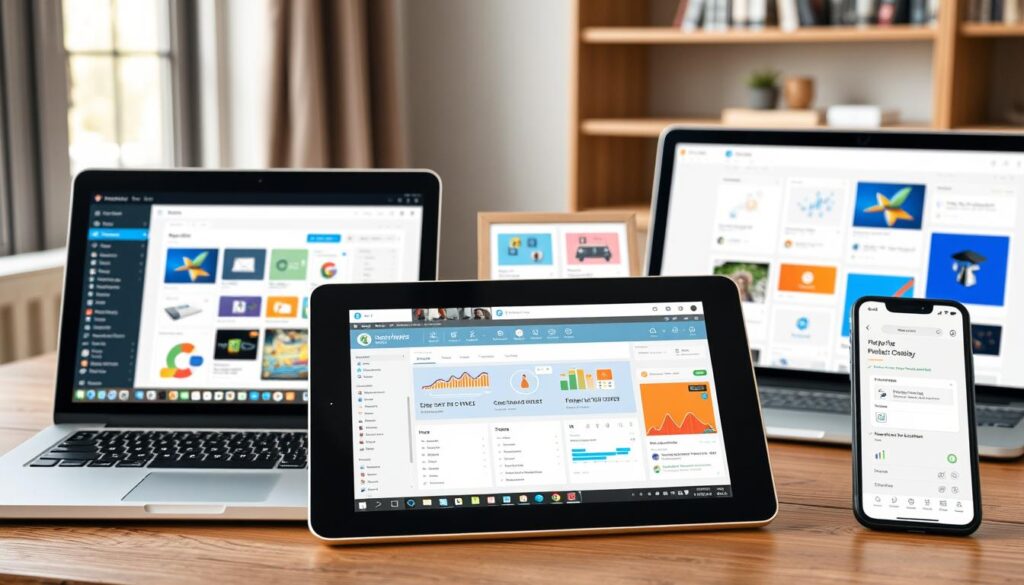
Project Management Tools
Trello
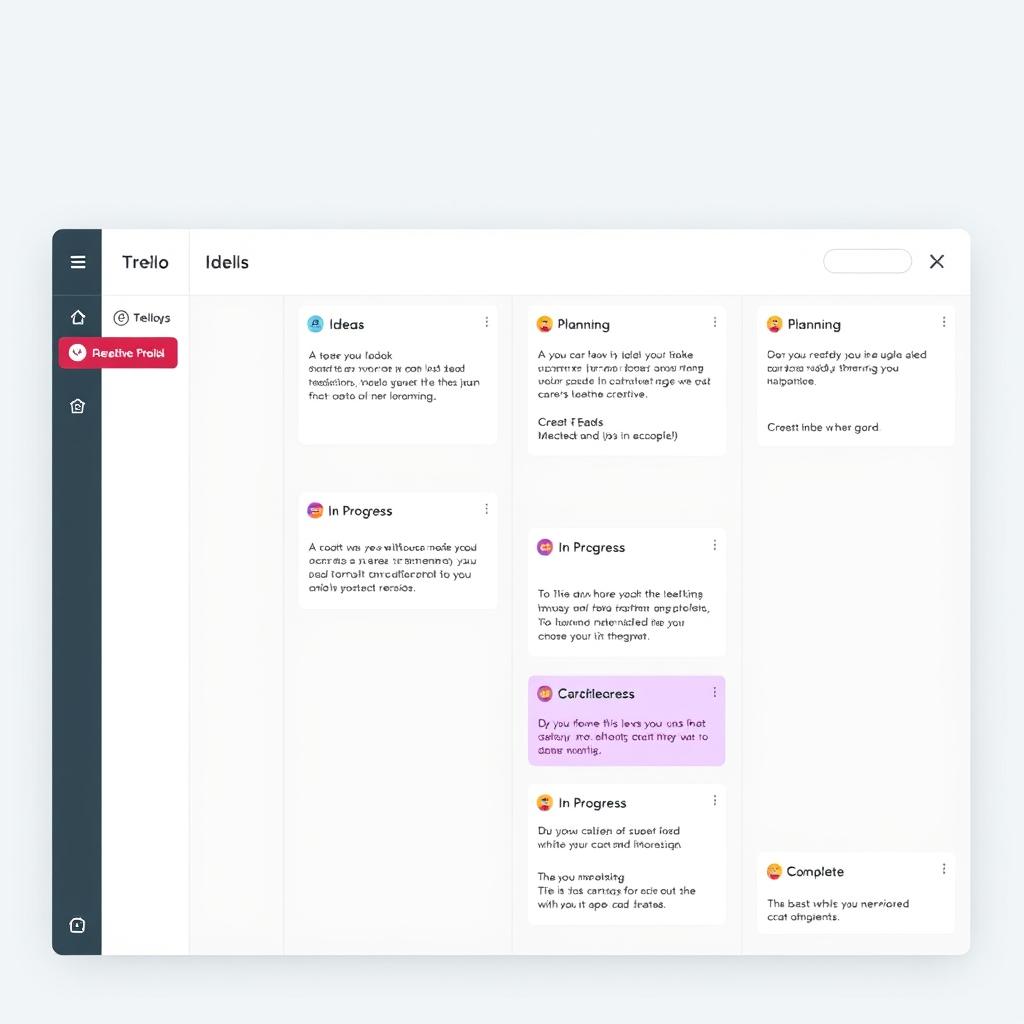
Perfect for visual thinkers, Trello’s board-based system helps you track progress through each stage of creative execution. Create cards for tasks, assign team members, set deadlines, and watch your project move from concept to completion.
Best for: Visual project tracking, team collaboration, and flexible workflow management.
Notion
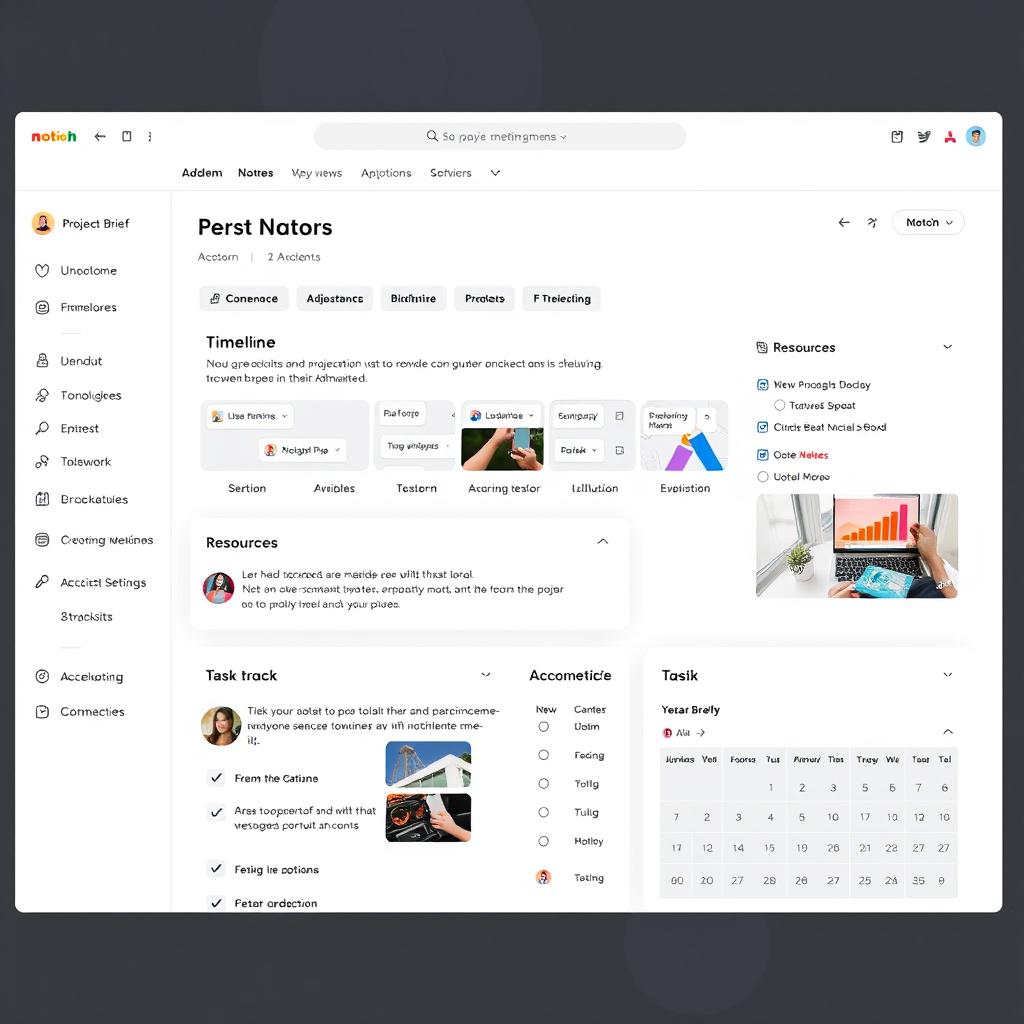
Notion combines notes, documents, and project management in one flexible workspace. Create custom templates for your creative process, document your ideas, and track progress all in one centralized location.
Best for: Comprehensive documentation, knowledge management, and customizable workflows.
Asana
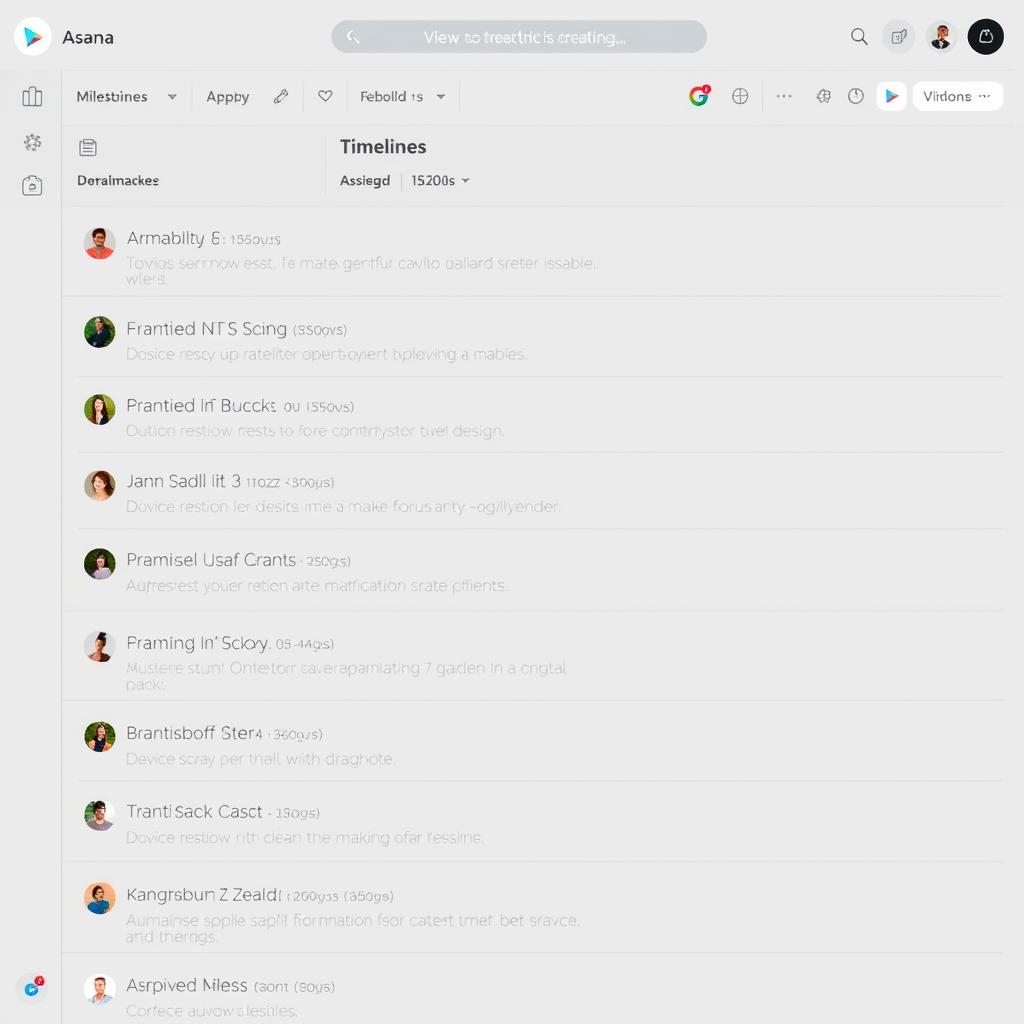
Asana excels at complex project management with dependencies and timelines. Set milestones for your creative projects, track dependencies between tasks, and get a bird’s-eye view of your entire execution process.
Best for: Timeline management, task dependencies, and team coordination.
Creative Collaboration Tools
Figma
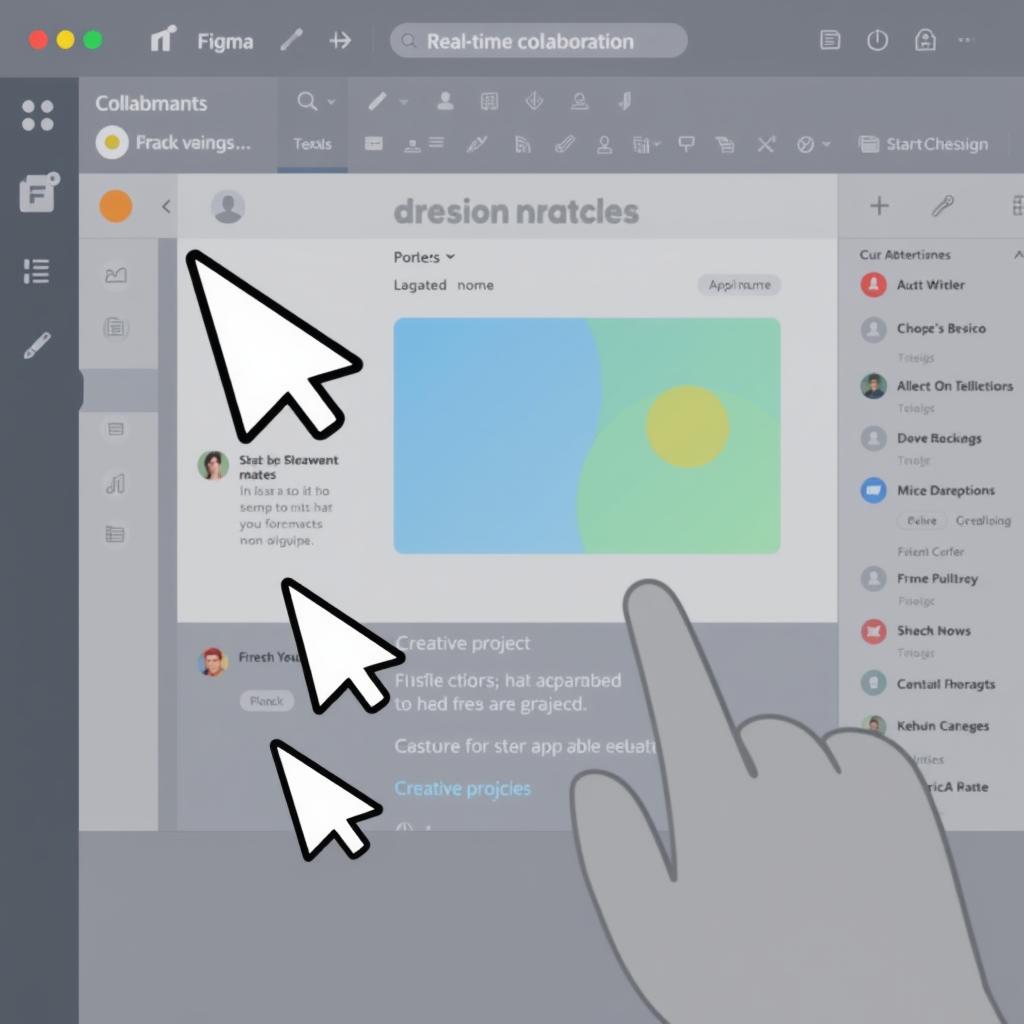
Figma revolutionizes collaborative design with real-time editing capabilities. Multiple team members can work simultaneously on designs, leave comments, and see changes instantly, streamlining the iteration process.
Best for: Collaborative design, prototyping, and feedback collection.
Miro

Miro’s infinite canvas is ideal for visual brainstorming and idea mapping. Create mind maps, flowcharts, and mood boards collaboratively, making it perfect for the ideation stage of creative execution.
Best for: Visual brainstorming, conceptual mapping, and remote collaboration.
Google Workspace
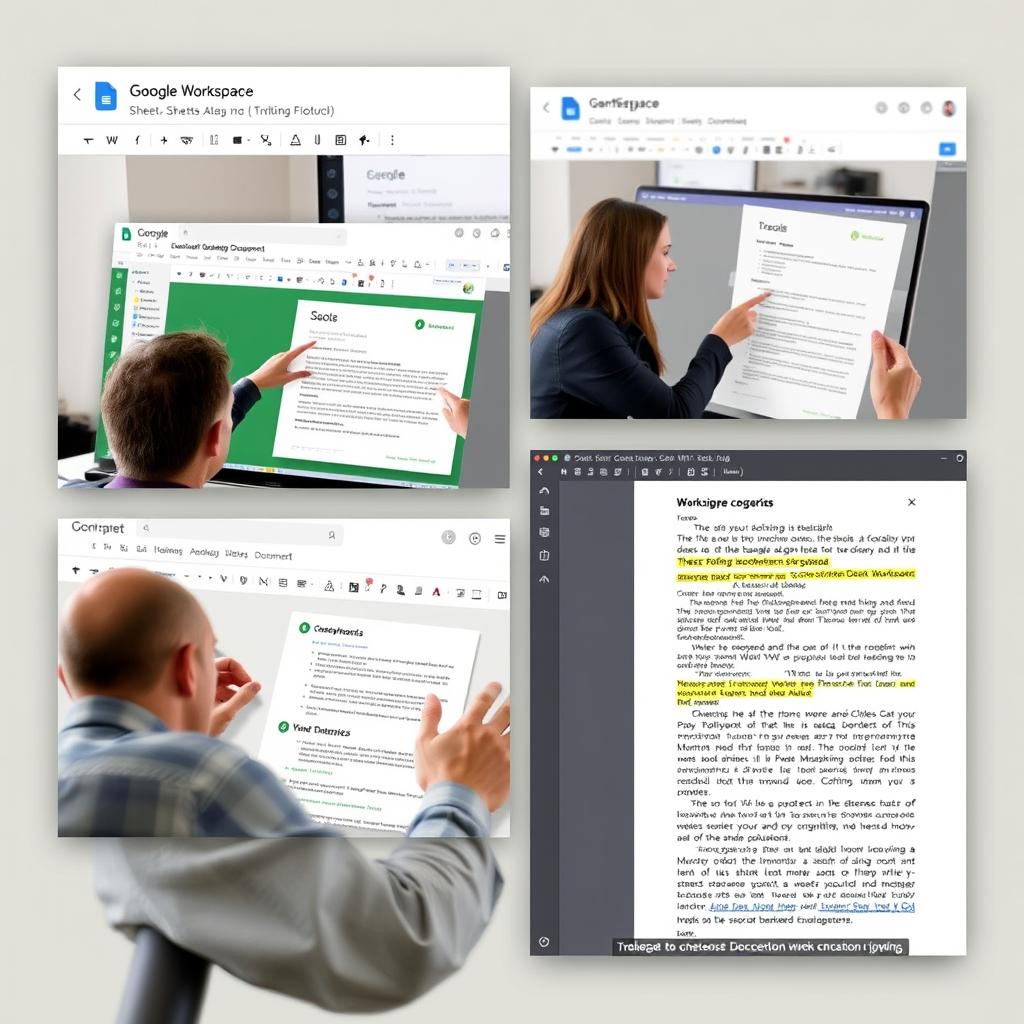
Google’s suite of collaborative tools enables seamless document creation and sharing. Work together on briefs, scripts, budgets, and presentations with real-time editing and commenting capabilities.
Best for: Document collaboration, feedback collection, and centralized file management.
Streamline your creative workflow
Get our curated list of 20+ tools for creative professionals, complete with setup guides and integration tips.
Case Study: Creative Execution in Action
How a Freelance Designer Transformed Her Process
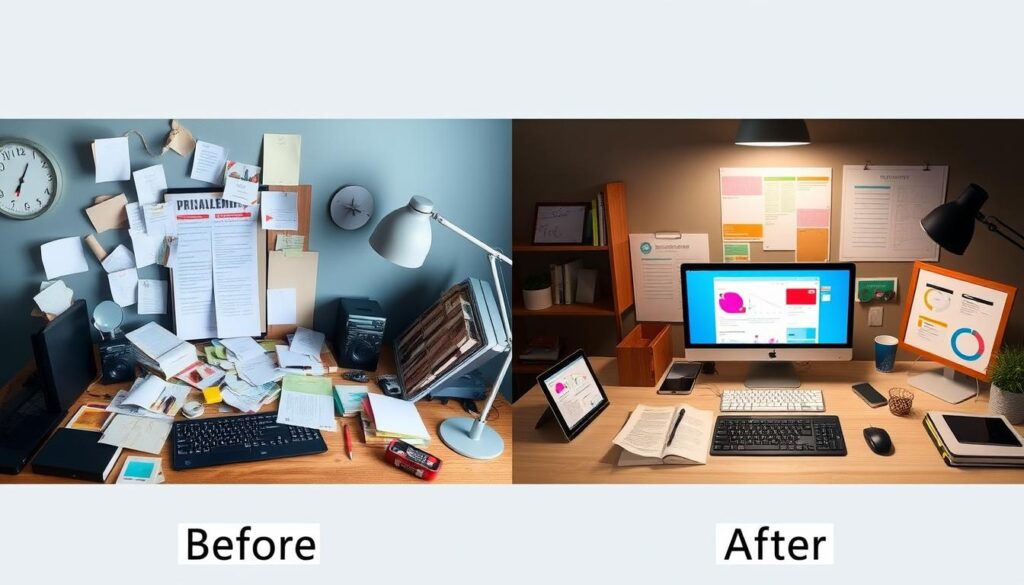
Sarah, a freelance graphic designer, struggled with completing client projects on time. Her creative process was chaotic—brilliant ideas would get lost in disorganization, feedback would be scattered across emails and messages, and she often found herself making last-minute revisions.
By implementing a structured creative execution process, Sarah transformed her workflow:
- Ideation: She began using Miro for initial brainstorming and concept development with clients.
- Planning: Trello boards helped her break projects into manageable tasks with clear deadlines.
- Prototyping: She adopted a policy of sharing early drafts with clients to catch misalignments early.
- Iteration: Figma became her platform for collecting organized feedback and tracking revisions.
- Delivery: She created a standardized quality checklist for all final deliverables.
The results were transformative: Sarah reduced revision rounds by 60%, completed projects 25% faster, and significantly improved client satisfaction. Most importantly, she eliminated the stress of disorganized creative work, allowing her to focus on what she does best—designing.
Common Pitfalls & Solutions in Creative Execution
Even with the best tools and intentions, creative execution can be derailed by common challenges. Recognizing these pitfalls and having strategies to overcome them is essential for consistent success.
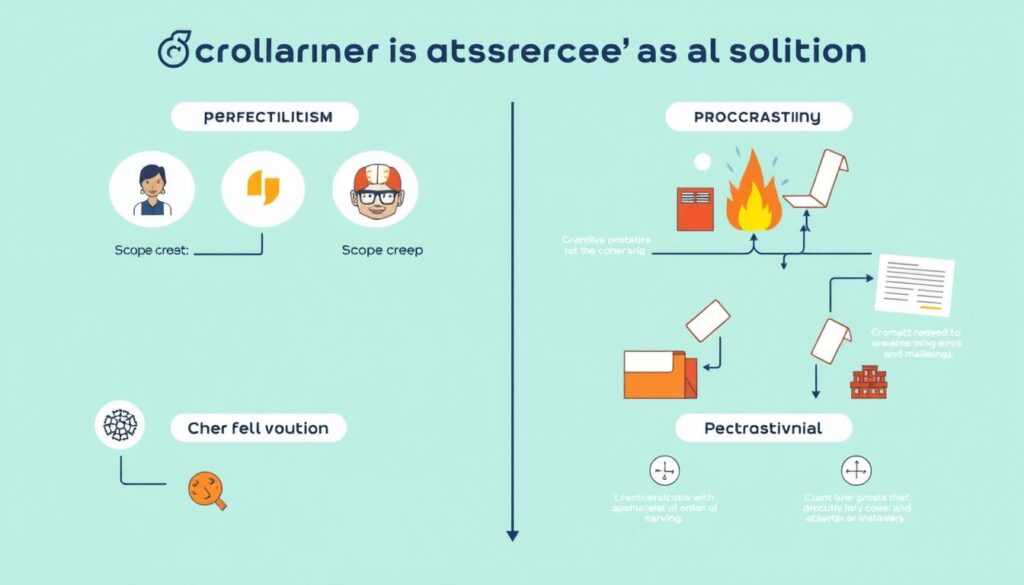
Pitfalls
- Perfectionism: Endlessly refining without moving forward
- Scope Creep: Continuously adding features or elements
- Analysis Paralysis: Overthinking decisions to the point of inaction
- Burnout: Exhausting creative energy without renewal
- Feedback Avoidance: Fear of criticism leading to isolation
Solutions
- Set “Good Enough” Criteria: Define when something is complete
- Create Clear Boundaries: Document scope and resist additions
- Implement Timeboxing: Limit decision time with deadlines
- Schedule Regular Breaks: Build renewal into your process
- Structure Feedback Sessions: Create safe spaces for critique
Troubleshooting Guide for Creative Blocks
| Challenge | Symptoms | Solution | Prevention |
| Procrastination | Avoiding work, finding distractions, last-minute rushes | Break work into 25-minute focused sessions (Pomodoro Technique) | Set micro-deadlines for project components |
| Creative Block | Staring at blank page, feeling stuck, self-doubt | Change environment, try constraint-based exercises | Maintain a creativity journal for ongoing inspiration |
| Feedback Overwhelm | Confusion from conflicting input, loss of vision | Create a feedback filtering system with clear priorities | Establish feedback guidelines before sharing work |
| Resource Constraints | Cutting corners, stress, quality compromises | Identify creative workarounds, focus on core elements | Build buffer into initial resource planning |
| Motivation Loss | Decreased enthusiasm, questioning project value | Reconnect with initial purpose, celebrate small wins | Document your “why” at project start for reference |
“The difference between an amateur and a professional is in their habits. An amateur has amateur habits. A professional has professional habits. We can never free ourselves from habit. But we can replace bad habits with good ones.”
Overcome your creative roadblocks
Get our Creative Troubleshooting Guide with 25 proven strategies to push past common obstacles and maintain momentum.
Conclusion: Your Creative Execution Journey
Creative execution is the bridge between imagination and impact. By following a structured process, utilizing the right tools, and anticipating common challenges, you can transform your ideas from fleeting thoughts into finished masterpieces.
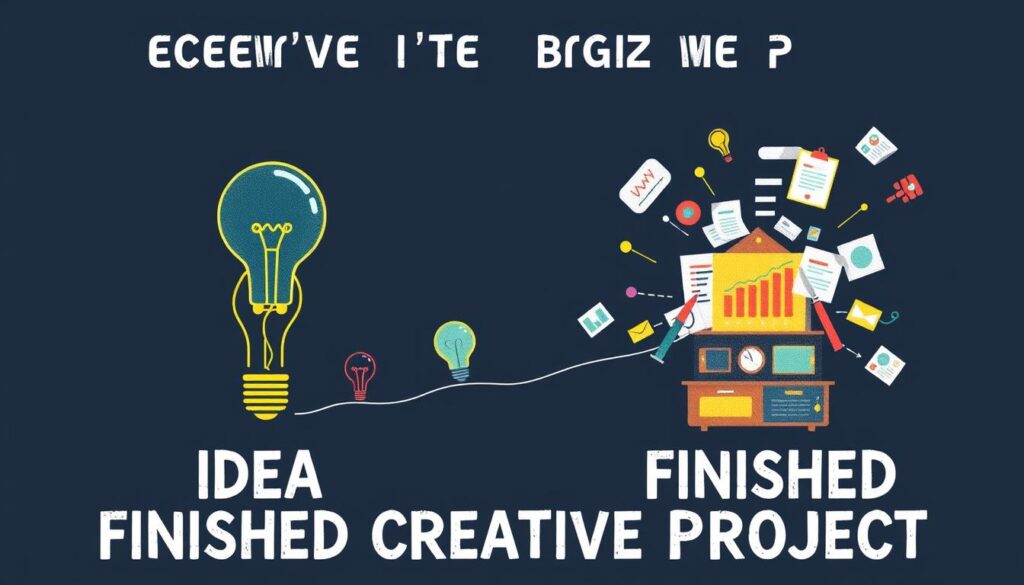
Remember that creative execution is both an art and a science. The structure provides a framework, but your unique vision and persistence bring it to life. Every creative professional has faced the same challenges you’re experiencing—what separates the successful ones is their commitment to the execution process.
Key Takeaways:
- Break down creative execution into five manageable stages
- Use the right tools to streamline each phase of your process
- Anticipate and prepare for common pitfalls before they derail your progress
- Embrace iteration as a natural part of the creative journey
- Celebrate both the process and the final outcome
The most important step in creative execution is simply beginning. Start small if you need to, but start now. Apply one concept from this guide to your next project, then gradually incorporate more as you build confidence in your execution abilities.
“The best way to get started is to quit talking and begin doing. Walt Disney didn’t just imagine Disneyland—he built it through relentless creative execution.”
Transform your ideas into reality
Get the complete Creative Execution Mastery Bundle with all our guides, templates, and worksheets to streamline your creative process from start to finish.
Transform your home into a more peaceful and mindful sanctuary. Creating a Zen-inspired home environment is a core part of the “Live.Learn.Create” theme, focusing on peace, mindfulness, and a clutter-free space. Here is a curated list of Zen home items.
The Zen Essentials
These items are the building blocks of a calm, intentional living space.
- Candles & Scents:
- Scented Candles: Look for calming, natural scents like sandalwood, lavender, white tea, or bergamot. Choose candles made with soy or beeswax for a clean burn.
- Essential Oil Diffusers: A minimalist, sleek diffuser made of bamboo, ceramic, or glass.
- Essential Oil Sets: Look for blends specifically for relaxation, focus, or sleep.
- Incense & Burners: Natural incense sticks (e.g., palo santo, sage) with a simple, elegant burner.
The Zen Decor
This is about incorporating natural elements and simple design.
- Natural Materials:
- Wood or Bamboo Trays: For organizing candles, stones, or other small items.
- Ceramic Vases: Simple, unglazed ceramic vases in neutral colors like white, beige, or gray.
- Minimalist Art: Simple line drawings, abstract prints, or nature-inspired artwork.
- Hand-Carved Stone Coasters: Or other small stone sculptures.
- Textiles:
- Linen or Cotton Throws: A soft, neutral-colored throw blanket to add warmth.
- Jute or Sisal Rugs: These add natural texture and grounding to a space.
- Meditation Cushions (Zafu) & Mats (Zabuton): These provide comfort for meditation and add a serene touch to a room.
The Zen Ambiance
These items help create a peaceful sensory experience.
- Lighting:
- Himalayan Salt Lamps: These provide a warm, soft glow.
- Japanese-style Paper Lanterns: For a soft, diffused light source.
- Dimmable Smart Bulbs: To easily control the warmth and brightness of your lighting.
- Sound:
- Tabletop Water Fountains: The gentle sound of running water is incredibly calming.
- Wind Chimes: Made from natural materials like bamboo or metal for a soft sound.
- Bluetooth Speakers: Small, aesthetically pleasing speakers for playing ambient or meditation music.
- Nature:
- Bonsai Trees or Air Plants: Low-maintenance indoor plants that bring life and a touch of nature indoors.
- Zen Gardens: A small, tabletop sand garden with a rake and stones for a meditative ritual.
- Decorative Rocks & Pebbles: For bowls or as a decorative element.
Best Sellers https://amzn.to/3Vet1tI
New Releases https://amzn.to/4mwLjTi
Amazon Movers & Shakers https://amzn.to/4fPsZlP
Mindfulness Coloring Books https://amzn.to/4fQ0wMx
Personal Growth Coloring Books https://amzn.to/4lJeRf0
Health & Wellness https://amzn.to/4oRt24C
Zen Home Decor https://amzn.to/3VeA3i6
Zen Garden Decor https://amzn.to/4mXjT8D
Zen Garden https://amzn.to/3HQTVVB
- Mindfulness & Meditation:
- Physical Wellness:
- Habit & Productivity Tools:
- Books:
- Best-selling personal development books (Mindset, The 7 Habits of Highly Effective People, The Subtle Art of Not Giving a F*ck)
- Books on a variety of skills (coding, photography, writing.)
- Educational Gadgets:
- Smart pens that digitize notes (e.g., Rocketbook)
- Portable scanners for digitizing documents
- Laptops, tablets, and accessories
Create (Creativity, Innovation, Projects)
These products cater to your creative side, whether you are a artists, writer, or DIY enthusiasts.
- Creative Supplies:
- Adult coloring books or “paint-by-sticker” books
- Craft kits (e.g., candle-making, pottery, embroidery)
- Digital Creation Tools:
- General Inspiration & Making:

